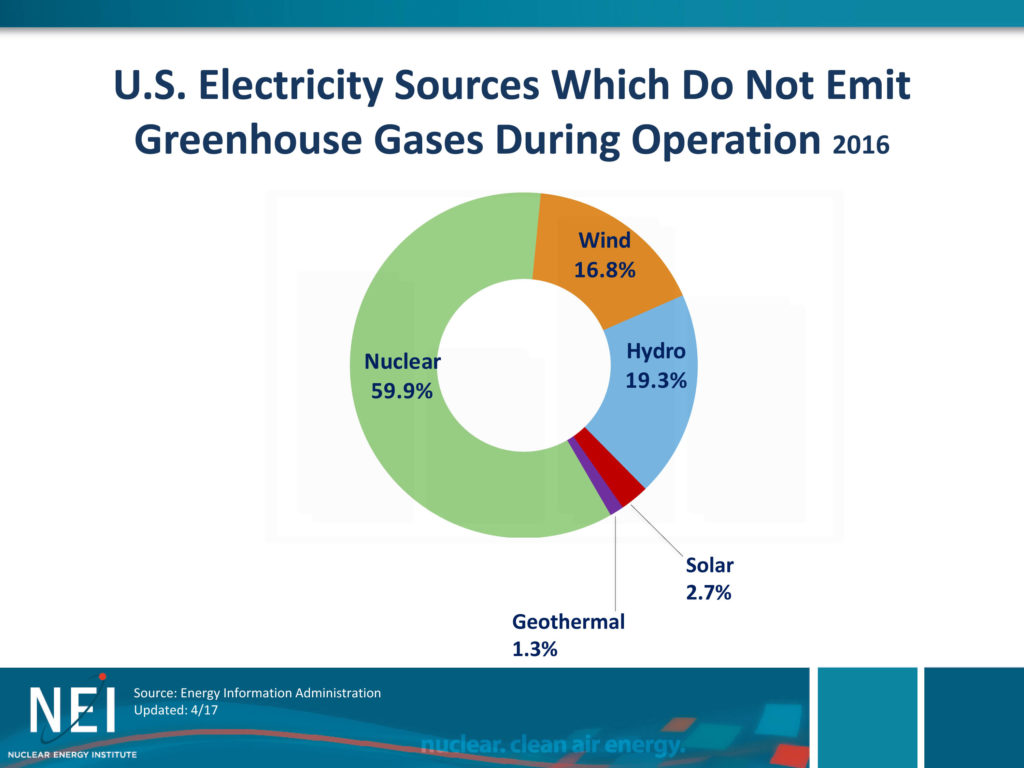Electric utility executives already fretting about slow/no growth in their service territories have another item to add to their growing list of worries: the prospect that many of their commercial customers could begin installing behind-the-meter storage to lower their demand charges.
A recent white paper from DOE’s National Renewable Energy Laboratory and the Clean Energy Group, a nonprofit advocacy organization, shows that it could be economic for almost 28 percent of commercial customers across the country to install batteries at their business sites to cut their electricity consumption during specific periods of the day, thereby reducing their exposure to utility-imposed demand charges. This would amount to a one-two punch for utilities: electricity sales would drop if the batteries were linked with solar and the amount of revenue collected from these charges would fall, not a pretty picture for the utility industry.
Continue reading Storage Puts Utilities
In A Big Bind
On Demand Charges
 Follow
Follow